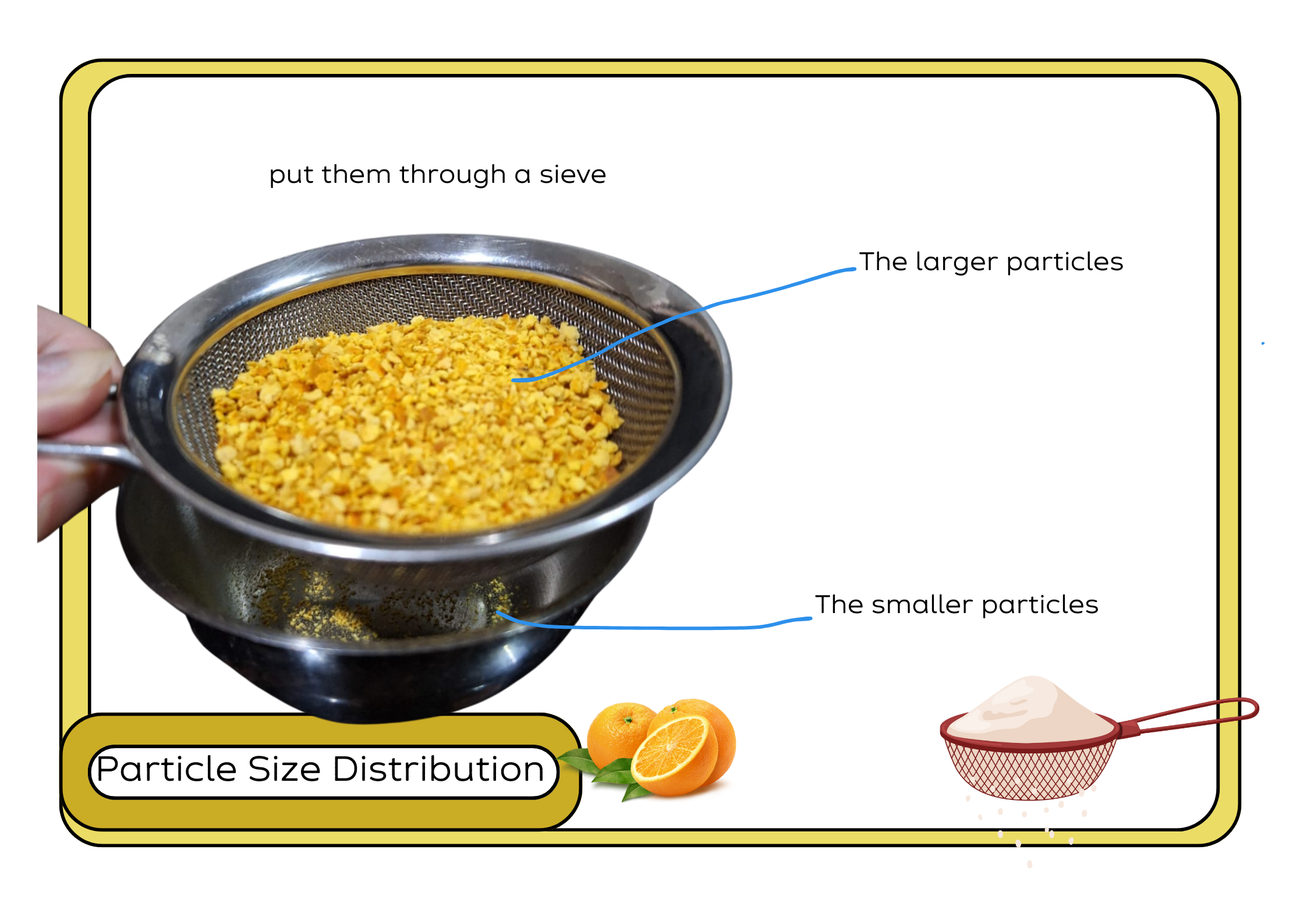This Is Not a Cake! Cold Process Soap Craft With Fresh Orange and Lemon Peels
by krisnu in Craft > Soapmaking
472 Views, 6 Favorites, 0 Comments
This Is Not a Cake! Cold Process Soap Craft With Fresh Orange and Lemon Peels
) (13).png)
This is not a cake!
Saponification is the chemical process through which oils or fats react with sodium hydroxide (lye) to produce soap and glycerin.
In the cold process method, this reaction occurs at lower temperatures without external heat sources. Cold process soapmaking retains the natural properties of ingredients, offering a customizable and artisanal approach to creating soap. In the cold process, heat-sensitive ingredients like milk, fruits, and flower pieces can be incorporated. As the heat is generated naturally, the process is relatively safe. This method requires less labor compared to the hot process.
Start Peeling
) (5).png)
Peel some orange / lemon rinds and let them dry under the sun.
Grind Them
) (6).png)
Grind the dried peels until smooth using a blender.
Sieve
) (8).png)
Thoroughly sieve the ground orange peels and store the powder in an airtight container. The larger particles will create a good scrub soap, while the smaller particles will result in a smoother soap.
Measure the Particle Size Using ImageJ Software (Optional)


In this step, we use ImageJ to measure the average particle size of the crushed lemon/orange peels. This is done to compare particle sizes from a photograph before and after the sieving process. ImageJ is an open-source image processing and analysis software developed by the National Institutes of Health (NIH). It is widely used in scientific and medical research for tasks such as measuring particle sizes, analyzing cell structures, and processing various types of images. .
We want to further investigate whether the size of the scrub particles influences the cleaning activity of the soap.
If you are interested in exploring the detailed steps of using ImageJ for particle size measurement, you can visit our repository at: Kezia Theofilia Kastawira, Erverenz Liem Darmawan, & Norbertus Krisnu Prabowo. (2023). How to Use ImageJ to Measure Particle Size. SPK SMAK PENABUR Kelapa Gading. https://doi.org/10.5281/zenodo.10252584
Prepare the Ice Cube Mixture
.jpeg)

) (10).png)
Boil some fresh orange or lemon peels in distilled water. Crush them using a blender, then pour the mixture into ice cube trays and store it in the freezer until it solidifies into ice cubes. Using less water than originally called for in a recipe is known as a 'water discount.' Water discounting a soap recipe can cause the soap batter to thicken quickly. We recommend a 10% water discount from the original recipe obtained from soapcalculator online.
Prepare the Lye
) (11).png)
Prepare the lye solution by slowly pouring sodium hydroxide over the ice cubes that have been prepared. Measure the oils.
Use a Hand Blender
Add the lye solution to the oil mixture and blend until traces form. Incorporate the ground orange peels into the soap mixture. Quickly use a hand blender to mix all ingredients homogeneously. After thorough mixing, pour the soap into the silicone molds.
The Curing Time
) (9).png)
Allow the soap to cure for 4 to 6 weeks. After this period, the Cold Process Soap with Fresh Orange and Lemon Peels will be ready to use
Acknowledgment
.png)
We would like to express our sincere gratitude to BPK PENABUR Jakarta, Indonesia for the support. We would also like to extend our appreciation to the 'Women in STEM' at SPK SMAK PENABUR Kelapa Gading, Jakarta, Indonesia. The contributors for this DIY project are Kezia Theofilia Kastawira, Erverenz Liem Darmawan, and Norbertus Krisnu Prabowo. This project would not have been possible without the guidance of Elma Suryani, M.Pd., a lecturer at the State University of Jakarta, Indonesia.